Week 4 LiA in Guizhou

This week marked a new phase in our project - the start of our short video advertisement scheme. But more than that, it was a week of seeing the village through its own eyes, and letting the land itself tell its story.
With cameras in hand and curiosity in our hearts, we set out to capture the beauty of the village. Guided by a local villager, we wandered through fields and climbed the nearby mountains. We drank fresh, cool water from a mountain stream, stumbled upon pumpkins ripening under the leaves, and found golden corn drying in the open air. We walked through rice paddies, gathering stalks with grain, the smell of earth clinging to our clothes.
Each step brought us closer to the soul of this place - not just its landscapes, but the rhythm of daily life that makes it unique. The longer we stayed here, the more we learned to appreciate.
While exploring, a thought struck me: we don’t always have to design our posters on a computer screen. The digital world has its place, but here, surrounded by the raw materials of rural life, I felt inspired to let nature itself become our canvas.
I began collecting small but meaningful elements from the village - hand-painted artworks that families hung on their front doors for good fortune; clusters of corn saved to feed cattle; bundles of wheat and seeds carefully preserved for planting. These were not just objects, they were fragments of the village’s identity.
I arranged these elements together, placing our agricultural product in the centre, and took a photograph. The result was simple, yet powerful: a composition that spoke of tradition, sustainability, and the natural cycle of life.

This approach felt deeply aligned with the values of the community. Just as the villagers rely on the strength of their hands, the fertility of the soil, and the gifts of the seasons, we too were creating something with minimal reliance on digital manipulation. In a way, it was a creative return to the “primal power” of nature - a reminder that beauty, like good farming, often comes from working with the land rather than altering it.
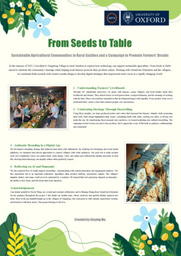
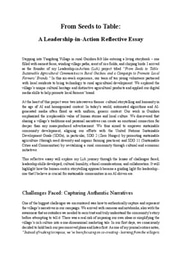
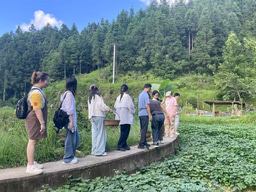
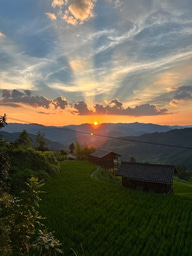
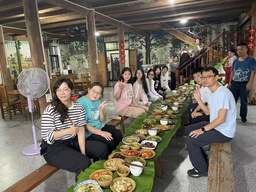
Please sign in
If you are a registered user on Laidlaw Scholars Network, please sign in
Xingying, beautiful words and beautiful photography. I am deeply appreciating your intertwining and learning process between the goals of the project and the needs and context of the community. What a great tribute to human-nature creativity as a way to drive sustainability